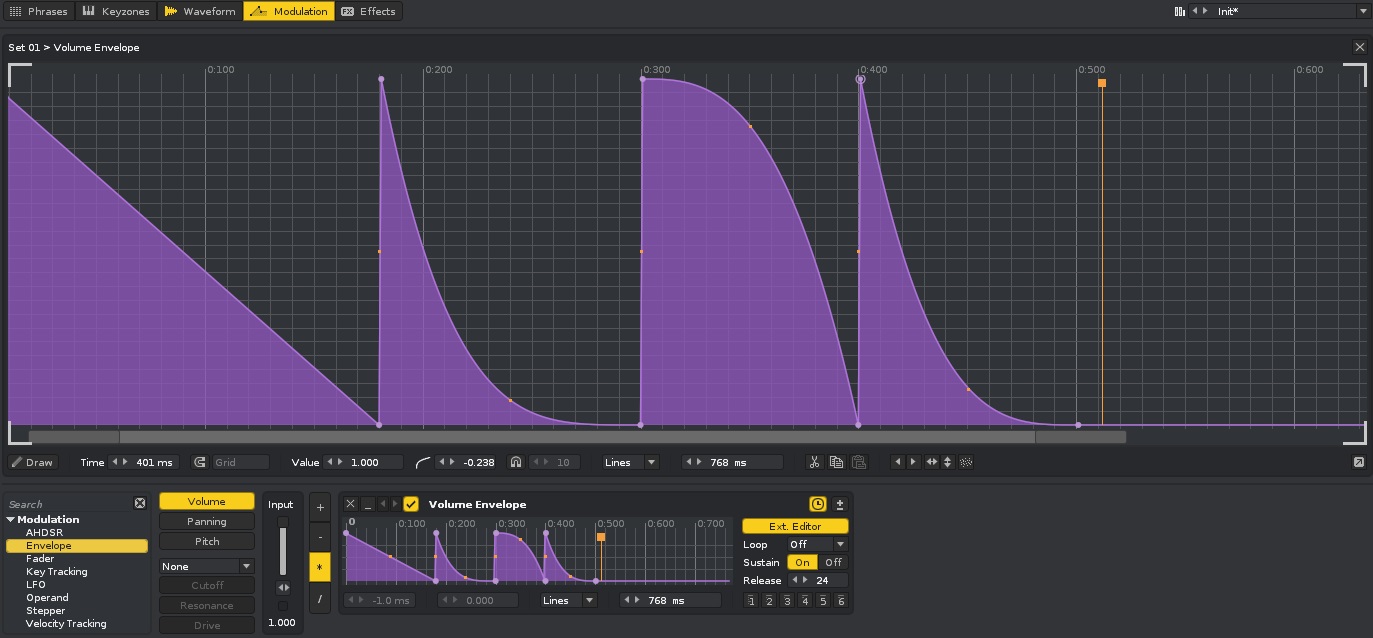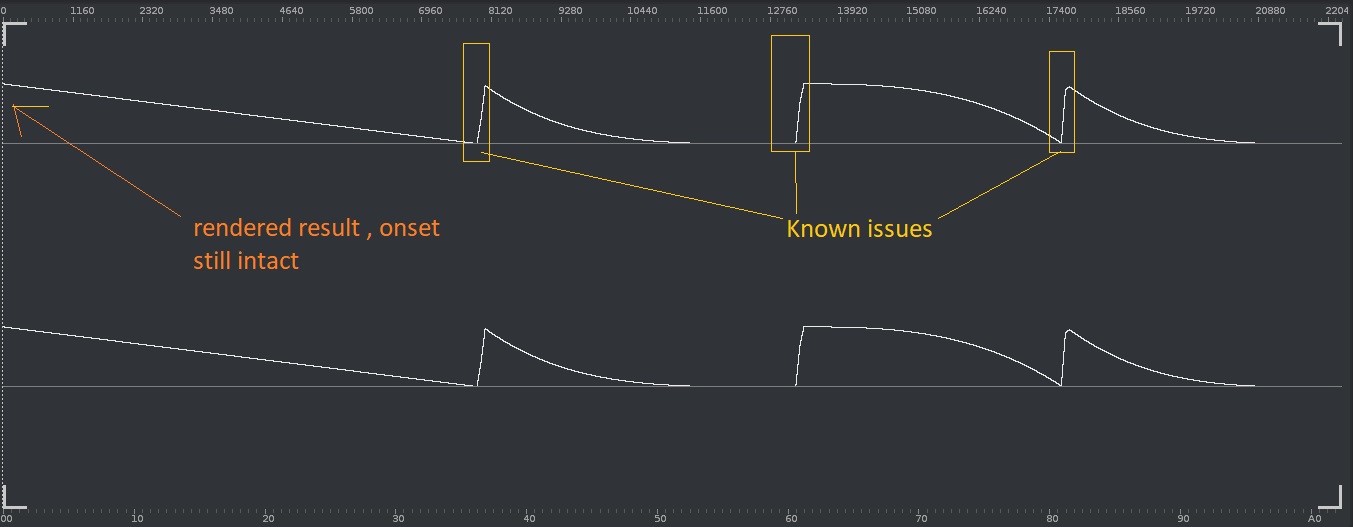Its actually pretty interesting… Predator was dope. I had v1, but i sold the license… shame, cuz that was a dope synth.
Now I wish I had v1 to check out. That and tone two fireface? Firehawk? lol… were like two of my first ever vsti
Its actually pretty interesting… Predator was dope. I had v1, but i sold the license… shame, cuz that was a dope synth.
Now I wish I had v1 to check out. That and tone two fireface? Firehawk? lol… were like two of my first ever vsti
i checked out the demo to ephemere by linear display.
Thats quite nice. Can get some interesting sounds out of it. Good price, but I wish for lock to semitone per drum. Pitch seems to be controlled only by carrier and modulator knobs, thats a little strange but o.k.
punch 2 looks pretty cool…reasonably phat. i will have to go check it onetime.
Seems like none of them sound as good as real hardware drum machines though, not even the ones which combine samples and synthesis like punch2?
crazy history in the rhythm boxes sample pack…finding out about how ‘korg’ used to be ‘keio’, ‘roland’ used to be ‘ace’.etc.
earliest drum machines from the 50s with real valves, tubes or whatever…sounds better than modern vsti for me. maybe its crunchiness from real components, or faulty components or something. even, some companies go back as far as 1800s like kawai and yamaha. handed down generation to generation…so the drum machine studies go way back. they know how to craft a drum sound, master engineers in japan. I really felt like sometimes the oldfangled stuff can be the better stuff too.
For anyone on OS X (or 11!), I would recommend Drumspillage. Great and interesting drum synth. Love it.
Surprised nobody mentioned Softube Heartbeat or Uvi Drum Designer.
But, short answer is drum synthesis has peaked a looooong time ago. All VST sound roughly the same and analog drums are hella dated (albeit some people like dated). 2020 analog drums VST sound like 2005 analog drums VST which sound like 1980 drum machines.
The only new stuff around is the acoustic modelling stuff that’s still heavy and in its infancy (mododrums)
I really like Drum Computer and ATD.
The native kick generator instrument in Renoise is pretty solid. You can get a lot of mileage out of that.
Microtonic processed by D16 devastor can sound pretty fat real quick.
Microtonic and Ephemere are my favorite.IMO Microtonic is all you need.
Breaktweaker can be really fun too, with automated wavetable and FM in the engine layered with samples.
In renoise you can just render them in audio and make new samples out of them and layer all the way.
Do you have reaktor ?
If so , Ire-created microtonic and it has the partial oscilator ( which you refer to as a cloud osc )
it’s pretty good , it also has a comb filter for the noise section and a few extra distortion curves (sine tanh shaper ) , even magnus himself likes it ( microtonic coder )
Here you go …it doesn’t have sequencer
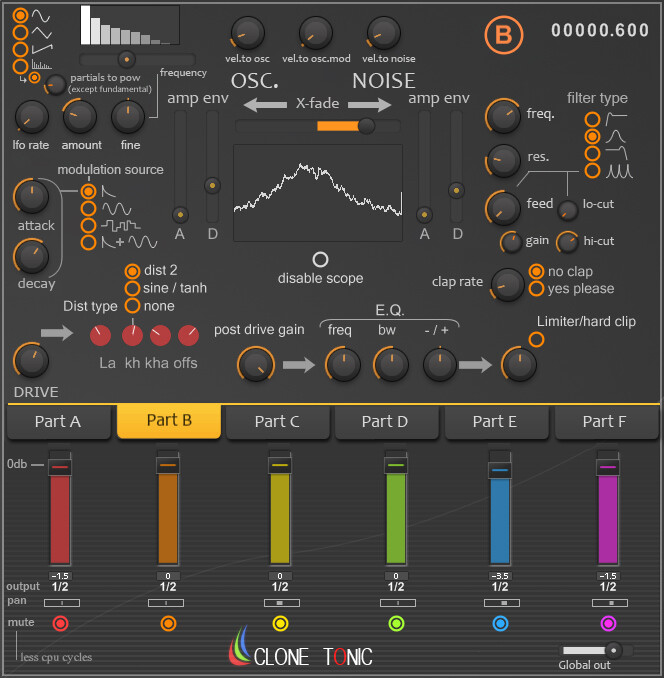
I imagine - samples are just easier and more straightforward to manage.
Drums sounds can be created on regular synth plugins or gear - and then resampled.
I recently started to try workstation grade VSTis to generate drums (e.g. Zebra, Falcon). And I am totally stunned about the quality and precision you can achieve this way. I guess most drum VSTis can be considered as very reduced synths. The usual approach for kick / snare is the sine zap + noise layer. But the curve, filtering and saturation is a lot important. The finer it is, the more modern it can sound. The current “standard” drums nowadays like Vengeance stuff seems to be very exactly designed or here maybe layered from multiple drum samples (PLUS A LOUD TRANSIENT!!). Pretty sure even 80s drum machine samples were layers of analog drums + synthetic. For example the linndrum kick and 707 kick (seems to be a variant of linnkick).
With a really precise engine, like freedraw/bending curves, it would make the most sense to me.
Most vendors though seem to think like “make it as simple as possible”, but then at the same time dictate the way how they think drums should be generated.
I think so too.
With synths like phase plant you can basically do any sound you like, layer samples on top of other stuff… you have total control. Drum vst seem very limited in comparison.
steinberg backbone, was this originally an u-he product?
The drumsynth module in falcon is a 1:1 copy of microtonic ( feature wise )
I love creating drumsounds in zebra hz too
Renoise could really benefit from an audio rate lfo , linear or exp fm , just like microtonic .
It already has the drive curve post amp ( which shapes the envelope just like microtonic ) so that’s good for drumsounds but not always desired for non drum sounds
You can still buy waldof attack , it’s included in the waldorf edition 2 but there are bugs
I loved it back in the day when it came out ( early 2000) , I even sold my electribe r after getting attack
https://waldorfmusic.com/en/overview-waldorf-edition-2
One can make Drum Synth in Renoise - using the native sampler with modulations and native efx.
Imho - one can make something minimal, electro 80ies sounding quite easy. CabSim efx can be used to achieve analgag saturation lofi feel.
Vst drum synth are doing the same - just providing more clearer interface - for advanced sounds they use samples anyway - unless they do complete physical simulation, but what is the point of that - since it all goes through the digital mix anyway.
It realy boils down to finding a sweet point with enevelopes, filter resonances and a bit of drive/saturation.
Check the attachment and feel free to use as basis template for your own.
RemskyR0R.xrni (410.4 KB)
Well, the instruments envelopes in Renoise are pretty imprecise, because they somehow always rely on the pattern resolution, which is really strange. Change the bpm and listen while listening to your kickdrum. I don’t think that it is a good idea to use Renoise for synthesis. Too many limitations, too. Esp. very modern drums need an accurate precision, for instance very important for pitch and filter curves, transients.
As long as you use instant attack like this , the envelopes are pretty accurate and the transients stay intact
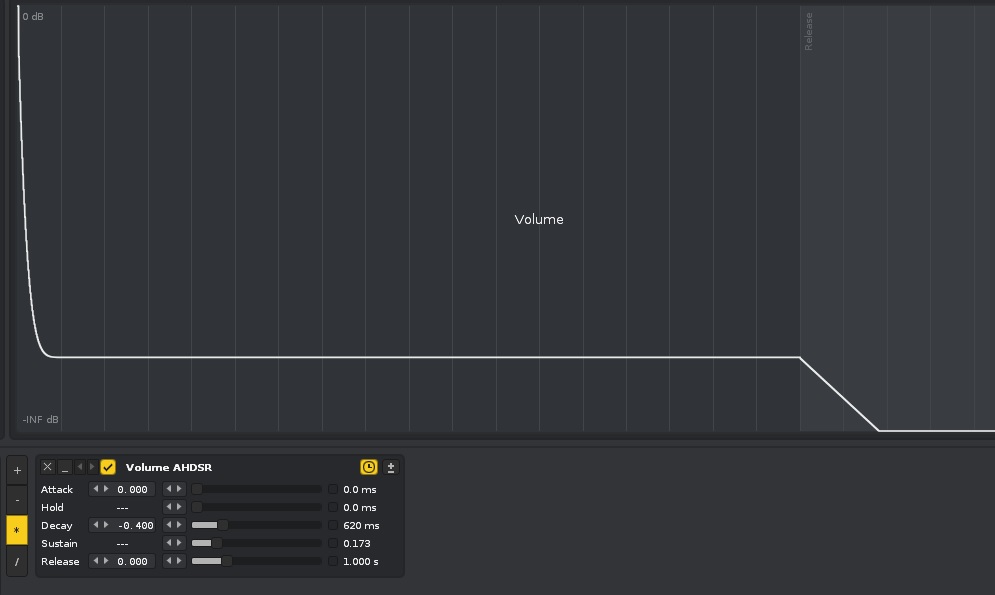
When you do this , they become imprecise

…all the evnvelope variations ( ahdsr , fader ) are really just macros ( not to be confused with the macro dials ) for the main envelope
I think this instrument is pretty snappy , no matter the lpb , all renoise synthesis
808.2 synthesis.xrni (670.1 KB)
Nope, it is always imprecise. You only hear it not so much with volume modulation. It becomes very obvious with pitch modulation or filter modulation + rez 100%. I also meant a “reversed” transient design, where you slightly remove an attack transient. In a final mix, this needs to be super accurate, but in Renoise you can feel that it somehow doesn’t really react, and then suddenly does pretty strong.
Also if you now change the BPM of the song, your transient will change. Even in the ms-mode.
Hence even the nice new curve modes are somehow useless, because it all is kind of randomly, based on your current BPM. I think the ms-mode should not dependent on any pattern resolution, just like it is in any other synth. This whole dependency on a pattern resolution makes the whole instrument section “semi-professional”.
P.S. It even sounds slightly different with each new hit.
Can you upload an example (xrns ) ?
I never had any issues with washy transients , but I also almost never change the bpm/lpb in a song
I am aware that the both filter and pitch modulation amount varies when adding a second curve in the envelope because of the interpolation time
See here
There are enough examples of tunes made with samples only and they all sound pretty damn good .
Don’t get me wrong , I can also get pretty anal about stuff not working as it supposed to be , but washy/dull transients is not one of them .
Let’s give us a real life example
No matter the bpm , lpb …the transient is staying intact , waveform is saw

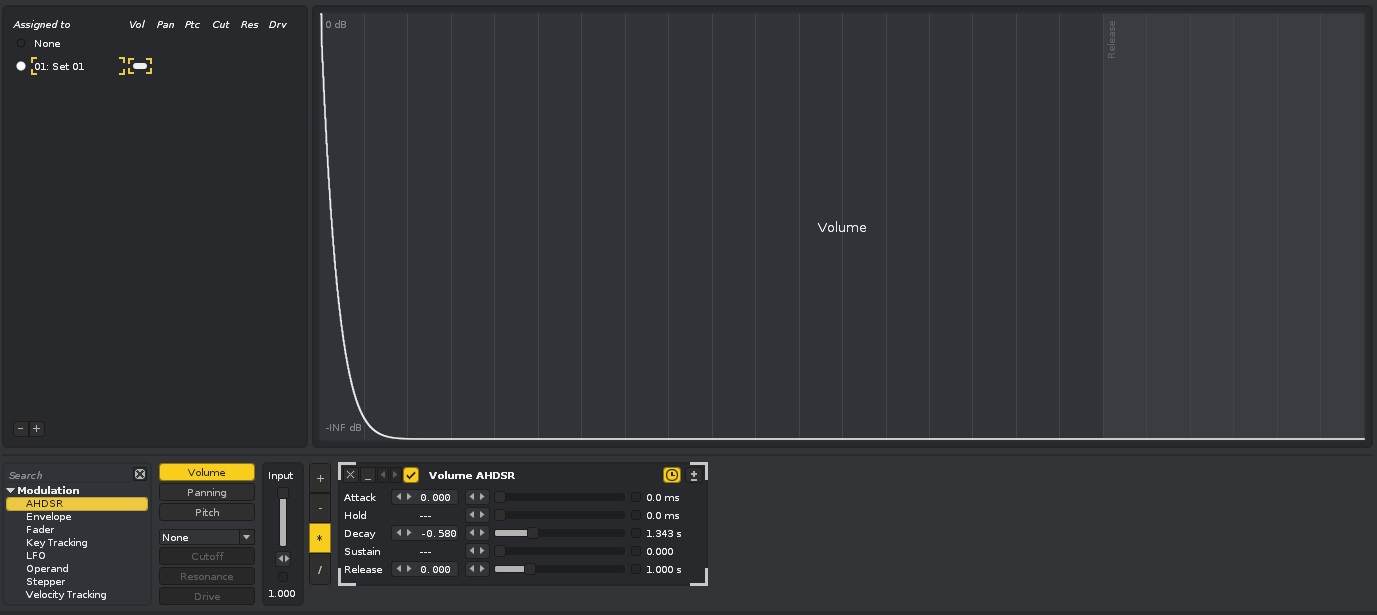
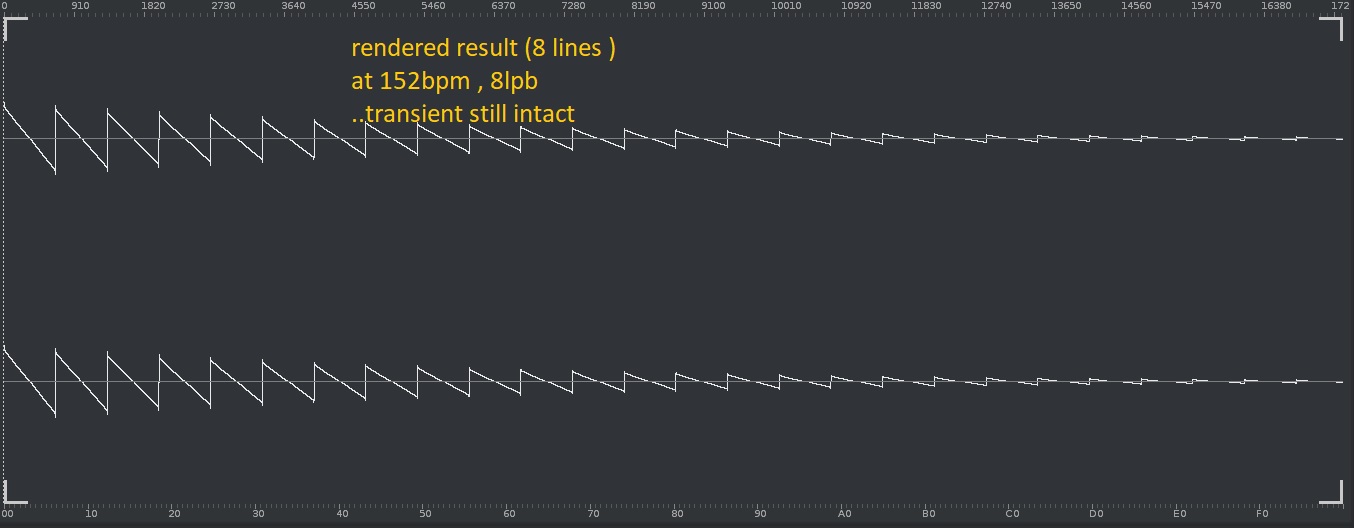

And now an example where the waveform is a full dc waveform , so the rendered result is the actual shape of the
envelope , there is will show the issues with the envelope but not on the initial transient
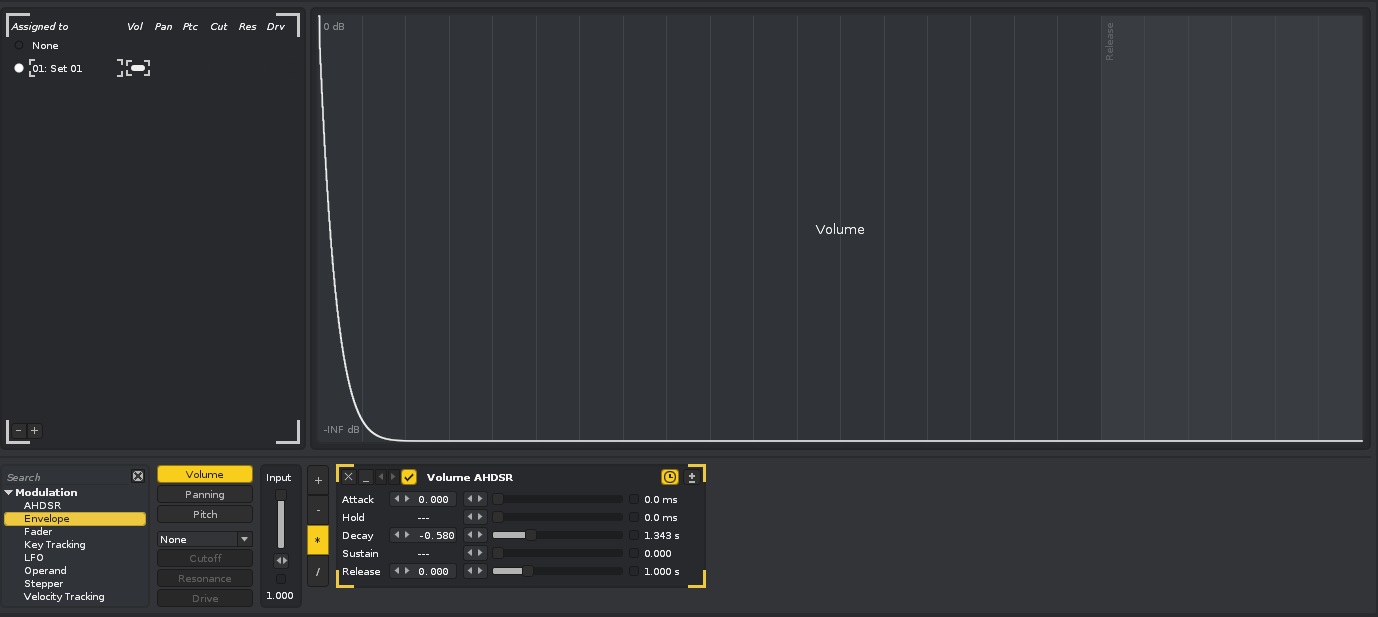
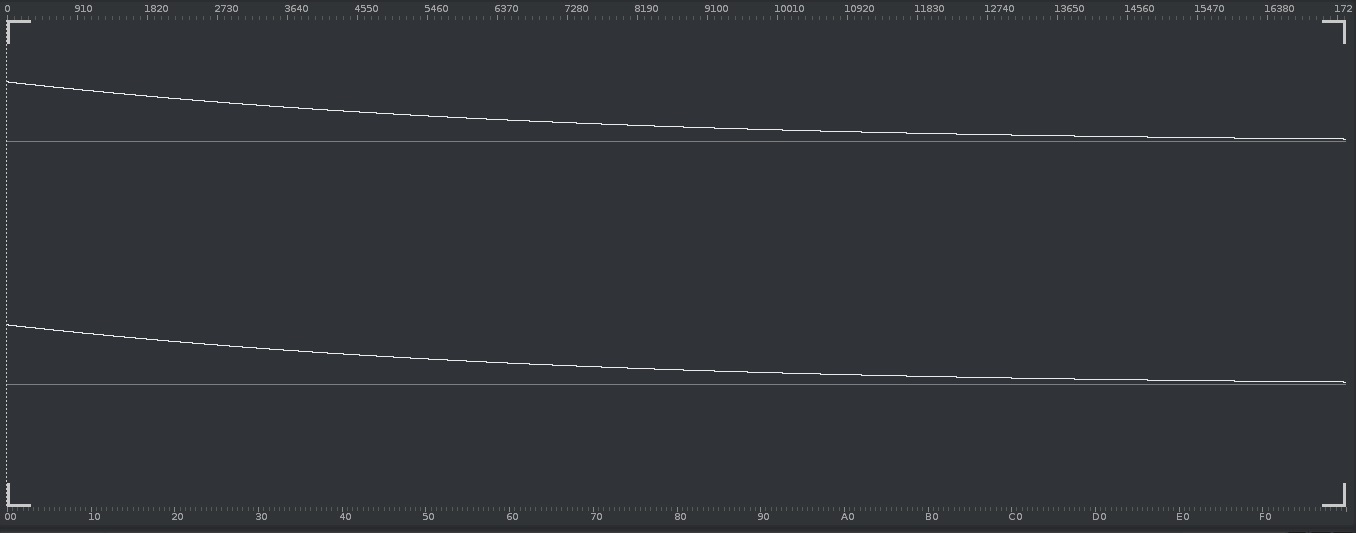
Anpther envelope , with known issues ( interpolation )
